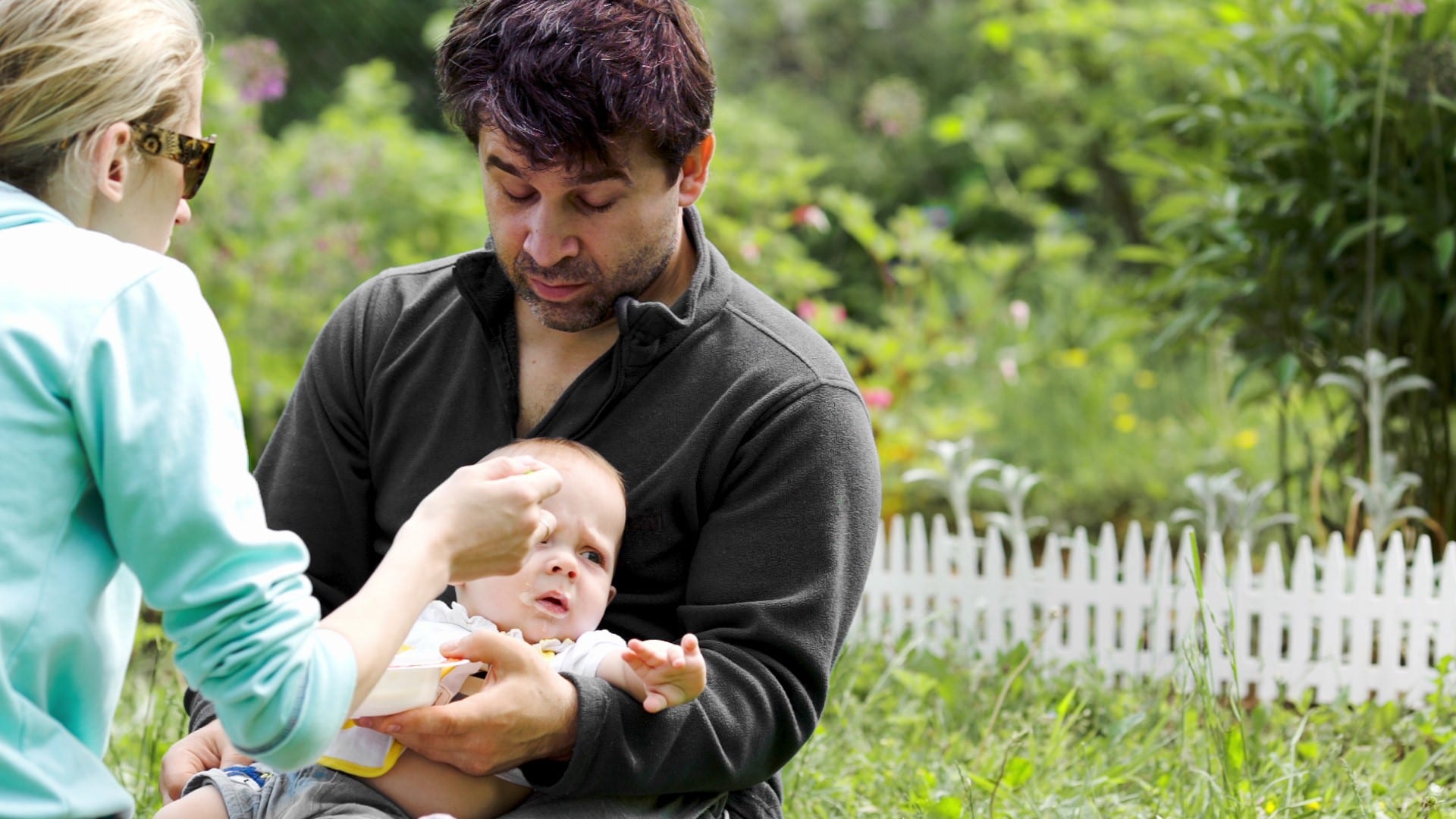Feeling Fractured: How to Heal Guilt & Shame

By Dr. Sue Morter
We are born whole, free and absolutely perfect. Yet oftentimes, during the course of our lives, we get shut down in that natural process.
Imagine when you were a toddler, expressing yourself with creativity and love while doing what comes naturally through curiosity and exploration, such as singing loudly or shrieking in pure joy. Then, because you happened to be in a place where behavior such as this is deemed inappropriate (such as a church service or public location), a parent or adult steps in and scolds you. Confused by this reaction, you begin to learn that being your authentic self will get you in trouble and so you begin to shut down that part of yourself. You shove that joyful part of yourself to the side, questioning:
“If I’m not supposed to be who I am naturally and authentically, then who am I supposed to be being? Who am I supposed to be, if I’m not supposed to be me?”
It’s in these moments of early childhood that we learn to compartmentalize our authentic self, shoving it away or hiding who we truly are. We then begin to build a subconscious, false identity in the hidden or fractured parts of our true being.
Feeling our natural, authentic part of ourself that isn’t wanted or accepted, results in a feeling of shame which can bring traits such as defensiveness, procrastination, distraction, and denial. When we feel ashamed, we believe there is something inherently wrong with us so we begin to hide. We become afraid to step forward and instead, seek to protect this fractured part of ourselves that was rejected by someone else.
This guilt and shame happens to many of us from an early age and can build up over time affecting our whole lives. In fact, according to Dr. Winch, Author of the book, Emotional First Aid: Healing Rejection, Guilt, Failure, and other Everyday Hurts, “unresolved and excessive guilt interferes with cognitive functioning, concentration, and daily tasks.”
So what do we do to deal with this early pattern of guilt and shame, and how do we prevent causing this type of feeling in our children as they navigate their way through society?
How to Stop the Cycle of Guilt & Shame
We must be mindful when we’re raising our own children, so as not to pass down the same way of being that perhaps we were raised with, simply because our parents didn’t know to make these distinctions. One of the ways that we can help our children not internalize feelings of guilt is to continue to guide them and steer them, yet be mindful to always separate any “negative” action from the identity of the child.
When an action occurs that needs correcting, first reassure the child they are perfect, whole and loving, and that you appreciate and understand why they are so curious. Then, continue by explaining why that particular action is not safe to do rather than simply yelling, “Don’t do that. It’s going to hurt you!”
Yelling in this way creates an imprint where the child doesn’t separate the action they’re performing, with the identity of who they actually are. When we’re mindful and can separate the action from the identity of the child, they won’t grow up with an inherent idea there is some part of themselves to be ashamed of and try to hide it from whoever might be looking.
When we are operating from a place of hiding, we operate from only a part of our “whole” self, and when we do that, we don’t show up in life the way that we could. We don’t show up full-heartedly because it’s intimidating and we’re afraid of getting hurt again. This fractured feeling affects the way we are in our relationships and to compensate, we tend to either over-give, or remove ourselves from the circumstances that would leave us feeling vulnerable.
This only increases our sense of guilt because we’re not delivering in life to our full capacity, and we know it, which creates this guilt and shame combination of a confluence of energies that are dictating our expression in life and limiting our personal experience of fulfillment, love, and happiness.
Other Reasons we Would Have Guilt & Shame
Not all guilt and shame comes from feelings we had as a child. There are many other forms of the impetus of shame or guilt in our culture. Let’s take body shame for example.
As a society, we are incredibly externally oriented with ideas of body image and what we should look like as people in our culture. If someone is shaped differently than how Hollywood portrays we should look, it automatically starts to establish this: “I am lesser than,” or, “I am not that.” Shame starts to come into the picture as a vibrational frequency within the system, again, causing us to withhold our authentic self and separating ourselves from society.
All of these ideas of unworthiness come because we’re externally orienting our focus; we’re measuring something to the outside world. The irony of this is the outside world is actually a reflection of our own full acceptance and our own consciousness.
If we don’t accept ourselves, we tend to find ourselves in all kinds of circumstances that are not accepting of us. By constantly surrounding ourselves with people who are judgmental or perhaps even interpreting their actions as judgmental, we see these situations as a validation to the illusion that we’re “not enough” or that we are something to be ashamed of and feel guilty about.
Patterns of Guilt
Sometimes individuals who engage in acts they know they shouldn’t be doing – lying, stealing, trying to act better than who they think they are – will further impact these layers of guilt and shame cultivating inside this energy system. To try to outrun that particular vibrational frequency in their system, they tend to do those things even more, or they get better at doing them so they don’t get caught or don’t get seen, never realizing it is the guilt they are trying to hide from.
The interesting thing about guilt and shame is that people who are caught in those patterns, it is easy to brush those feelings aside and the individual remains unaware they’re plagued with such conditions.
This is actually one of the greatest causes of dysfunction in life, relationships and even with someone’s health, because it elicits a defense response in the body that constantly has them trying to outrun or outsmart the fear that they’re feeling because of guilt and shame.
Living this way, we constantly live with a fear that someone’s going to discover the truth of who we are, because we can’t believe the truth of who we are is actually based in goodness.
The truth is, underneath every layer that we have piled on top that is causing so much pain, there is a flowing, generous, full, abundant, whole, and healthy being. We just have to learn how to get to that version of ourselves so that we can begin to heal ways of being and begin to sense and feel a real sense of self that we’ve never had since we started pocketing portions of ourselves from an early age.
Solution
If there is dysfunction in these ways, the invitation is to sit back and come close to yourself in a quiet moment (perhaps when you’re falling asleep at night), and start to breathe into your heart. Breathe slowly up and down the central channel of your body and ask yourself, “Is there anywhere in the body that starts to become activated or aggravated when I even entertain the idea that I could be harboring shame? That I could be really outrunning a sense of guilt that I’m carrying?” Lying in bed, intimately and sincerely and privately ask the question within the sanctum of your own skin.
When you begin to allow that feeling of vulnerability to be felt in the mind and body as you breathe up and down your body, there may be an area that jumps out – a lump in your throat, a knot in your chest or stomach, or tightness across your heart space. In those moments, the body is trying to reveal to the mind something’s not quite flowing here in the smooth and fluid way it’s intended to. Something’s being hidden. Something’s short circuited. Something’s being blocked. These areas are almost always revealing those fractured parts of your Self you hid away from childhood when you believed you were bad, or not “good enough,” and so you continue to hide to this day.
Squeeze the area that gets your attention. Let it know that your loving, tender presence has come into contact with a part of you and is ready to let it out of hiding and into a more mature expression, safely, conscientiously, intimately and gradually. Ultimately, you will begin to have a greater sense of Self. You’ll find yourself being able to speak in situations you used to be too afraid to do so and allow your true authentic self to shine.
